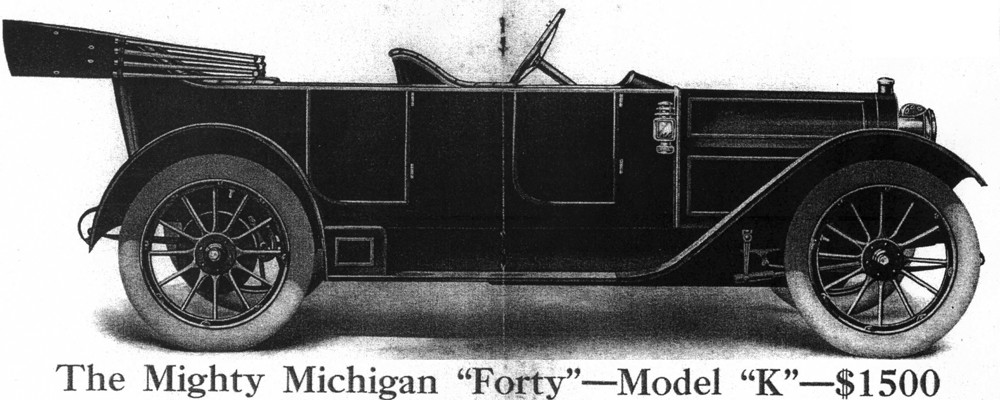In August, I visited our Michigan’s magneto (Type C, BRIGGS MAGNETO COMPANY of Elkhart, Indiana) that was being repaired by Carl Bloom in Orange, California. Carl has a really interesting shop filled with vintage testing machines and many antique magnetos on workbenches in various states of meticulous repair. Carl had already replaced the old intermittent unreliable coil with a modern coil. The old coil was a solid block of hardened resin of some sort surrounded with insulating mica sheets. The wiring was seriously decayed and brittle.
It was much better for several reasons to enclose a modern ignition coil in the original box and remove the 3 or 4 pound chunk of mystery resin and crumbling wires.
On the tester, our magneto was working and nearly ready to go. Then there was the matter of the oil channels & oil supply tank unique to BRIGGS brand magnetos. These, Carl told me, needed to be by-passed as too clogged or damaged. A shorter, direct oil line with felt wicks near the armature shaft would be installed.
I gave my approval to Carl to remove the tank and shorten the lines leading to the armature shaft. I would just have to remember to put “Oil the magneto” on my start-up list.
The January 25, 1912 edition of MOTOR AGE gave the following description of the BRIGGS line of magnetos, at pages 74 & 75:
“The Briggs magnetos are of the primary armature type, having a single low-tension winding on the armature shaft, whose current is transformed into high-tension by an auxillary dash coil. The arrangement of the high-tension distributor over the circuit breaker at one end of the machine is conventional; and a feature of the construction is the enclosure of the magnets and rear end of the machine in a metal dust and water-proof case… The magnets are large and carefully fitted to the pole piece. The distributor is made of hard rubber with a secret compound added, which gives it a reddish brown appearance and renders it peculiarly impervious to heat. The circuit breaker is of simple and sturdy construction, the parts are heavy, and the cam is made of steel case-hardened, and operates a case-hardened roller on the striker arm. The circuit-breaker parts are lubricated by means of an oil cup which feeds oil to the cam by means of a wick. Contact points are heavy pieces of platinum iridium with positive means of adjustment, and a shield is provided to protect them from oil. A feature of the model C magneto is an oil tank placed in the arch of the magnets which holds six ounces of oil. The oil feeds automatically from the tank to all bearings and this tank should hold sufficient oil for 15,000 miles of travel.”





